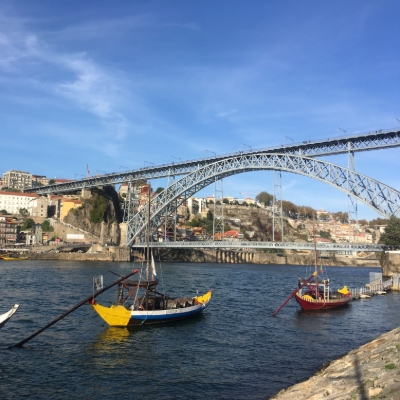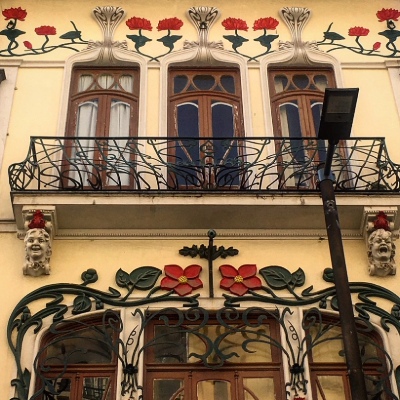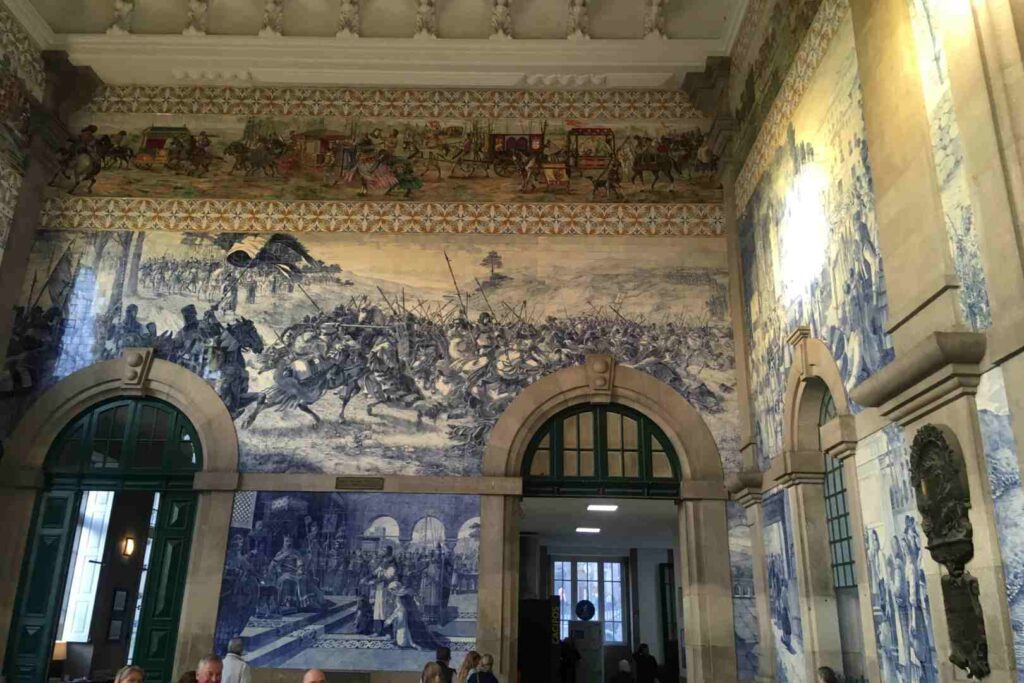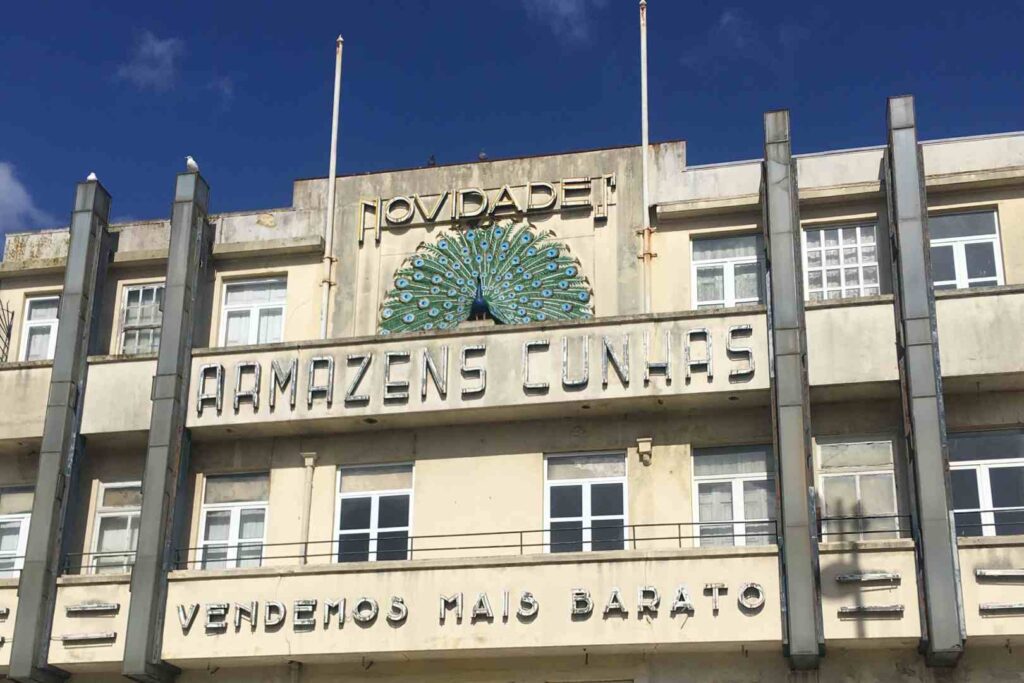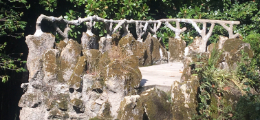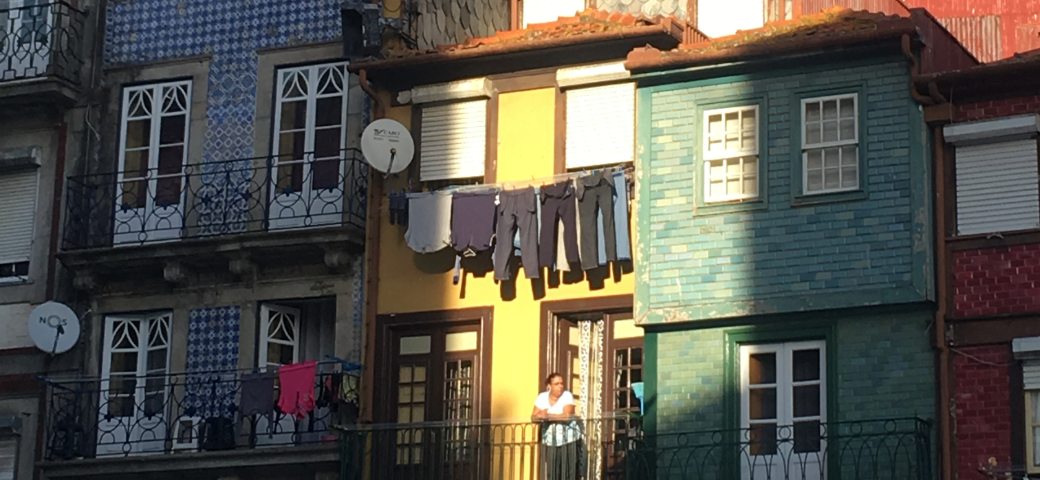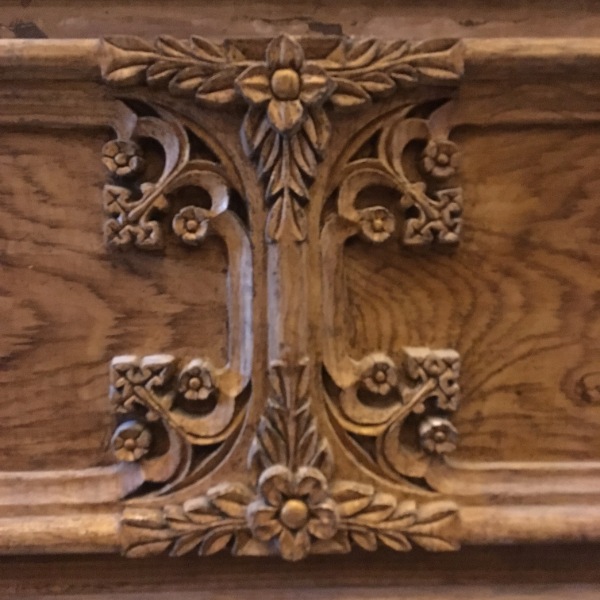Oporto is a perfect weekend escape. It’s a city full of history, wineries, and a great atmosphere. You have the opportunity to immerse yourself in another country, with all that entails: new flavors, a different language, and a completely different atmosphere. While Porto charms year-round, winter offers a special allure: fewer crowds compared to the bustling spring, summer, and autumn months, coupled with surprisingly mild weather that makes exploring the city a comfortable and intimate experience.
It is the second largest city in Portugal and one of the oldest in Europe, with origins dating back to the Greek era. Its strategic location on the banks of the Douro River made it an important commercial port for centuries, and its influence extends to the name of the country itself, since “Portugal” derives from Portus Cale, the name the Romans gave to the city. Throughout its history, Oporto has been a key point in the independence and development of the country, in addition to being the epicenter of the production and export of the famous Port wine. Its historic center, declared a World Heritage Site by UNESCO, combines Baroque buildings, tile-covered churches, and viewpoints with unparalleled views. A destination with character, history, and an essence that makes it unique. If you want to learn more about Oporto, I recommend reading a complete guide.
The best way to discover Porto with a local guide is to take a private tour. You can share your ideas for an experience with the company and they will create it together. Some examples of events they have hosted in Porto include: wine tasting experience, candlelight dinner in a historic hall, and a guided historical riverfront walk. You can also contact them directly for a faster response.Fuentes y contenido relacionado
Art nouveau in Porto
Oporto is a city that breathes history and culture, and Art Nouveau is no exception. This artistic movement, which flourished in the late 19th and early 20th centuries, left its mark on the city through emblematic buildings, historic cafes, and architectural details that transport us to an era of splendor and creativity.
Café Majestic
One of the most prominent examples of Art Nouveau in Oporto is Café Majestic, an emblematic place that has preserved its original decoration and sophisticated atmosphere over the years. Located on Rua de Santa Catarina, this café is a true architectural treasure that invites us to enjoy a coffee or pastry in a unique setting.
São Bento Station
Another place worth visiting is São Bento Station, an Art Nouveau jewel that surprises us with its impressive tile panels that narrate historical scenes and Portuguese customs. This station is a true open-air museum that allows us to learn more about the culture and history of Portugal.
Other examples of Art Nouveau
Once attuned to the nuances of Art Nouveau, you will begin to perceive its presence everywhere. Porto’s preserved architectural heritage offers a singular opportunity to immerse yourself in this exquisite and influential style, making it an essential destination for anyone with an appreciation for architecture and design.
In addition to Café Majestic and São Bento Station, Oporto has other examples of Art Nouveau that we can discover by strolling through its streets and neighborhoods. Casa de la Música, Teatro Rivoli and Librería Lello are just some of the places that invite us to admire the beauty and originality of this artistic movement.
From the 1880s until the outbreak of the First World War, a revolutionary artistic movement swept through Western Europe and the United States, leaving an indelible mark on art, architecture, and design. Known as Art Nouveau—meaning “New Art”—this movement sought to break free from rigid historic revivalism and embrace a world of organic forms, flowing lines, and intricate craftsmanship. More than a mere aesthetic, Art Nouveau was an ambitious philosophy that sought to unify the arts, harmonizing architecture, interior design, furniture, and graphic work into a single cohesive vision.
Oporto is a nearby destination with a special charm, ideal for a weekend getaway. With its mix of history, good gastronomy and wine route, it is difficult not to fall in love with the city.
Shopping in an Art Nouveau hidden gem
Numerous Art Nouveau structures in Porto now house commercial enterprises. Rua de Santa Catarina, the city’s principal pedestrian thoroughfare, is a prime example. Begin at the corner with Reis & Filhos, a men’s haberdasher with an impressive facade and interior design. Opposite, the LeYa na Latina bookshop presents a contrasting aesthetic. A little further along, the restored Hotel Moov retains its Art Nouveau facade.
Progress down Rua de Santa Catarina to Marcolino Relojoeiro, a recently renovated edifice showcasing a bold crimson hue and meticulously preserved window details. Not far off, the Art Deco Coliseu do Porto merits a quick look. Returning to the pedestrian zone, savor a coffee at the Majestic Café. While perhaps the priciest coffee in the city, the ambiance justifies the splurge. The cafe’s interior resembles a miniature Art Nouveau museum, evoking the refinement of Parisian cafes.
Post-caffeine, explore the vicinity of A Pérola do Bolhão on Rua Formosa, a source of local delicacies. The neighboring Mercado do Bolhão and its adjacent streets are punctuated with Art Nouveau buildings, some undergoing restoration, others retaining their captivatingly timeworn appearance.
Nature’s Influence and the Power of the Line
At the heart of Art Nouveau lay a fascination with the natural world. Designers and artists turned to botanical studies and marine biology for inspiration, creating sinuous, “whiplash” curves that mimicked vines, flowers, and deep-sea organisms. This fascination was reinforced by influential publications, such as Ernst Haeckel’s Kunstformen der Natur (Art Forms in Nature, 1899), which showcased nature’s astonishing complexity, and Owen Jones’s The Grammar of Ornament (1856), which advocated for nature as the foundation of all design.
Beyond flora and fauna, Art Nouveau took cues from the past while striving toward the future. It drew upon elements of Gothic Revival ornamentation, Japanese prints (known as japonisme), and even the Arts and Crafts movement, which championed handcraftsmanship over industrial mass production. The flowing, organic lines of Art Nouveau symbolized liberation from tradition, embodying a spirit of modernity and artistic expression unlike anything before it.
A Movement Defined by Unity
Art Nouveau sought to blur the boundaries between fine and decorative arts. Following the teachings of influential theorists such as Eugène-Emmanuel Viollet-le-Duc and John Ruskin, its practitioners aimed for a holistic artistic experience, known as Gesamtkunstwerk—a “total work of art.” This ideal found stunning realization in buildings like Victor Horta’s Hôtel Tassel in Brussels and Charles Rennie Mackintosh’s Hill House in Scotland, where every element—from the architecture to the furniture, textiles, and stained glass—formed a unified aesthetic statement.
Painters, sculptors, and designers alike embraced Art Nouveau’s principles, integrating them into a vast array of artistic forms. In the realm of graphic art, Aubrey Beardsley, Alphonse Mucha, and Henri de Toulouse-Lautrec created bold, fluid illustrations that revolutionized advertising and print media. Their work, often depicting the liberated femme nouvelle, captured the era’s shifting social dynamics and reflected the increasing presence of women in public life.
Paris at the Heart of the Movement
Although Art Nouveau flourished internationally, Paris became its spiritual center. Here, the German-born art dealer Siegfried Bing opened a gallery named L’Art Nouveau in 1895, helping to popularize the term and the style itself. The movement’s dramatic impact was on full display at the 1900 Exposition Universelle, where a variety of pavilions and installations—including René Binet’s illuminated Porte Monumentale and Hector Guimard’s iconic subway entrances—showcased its full artistic potential.
The Spread and Evolution of Art Nouveau
Across Europe, Art Nouveau took on different regional identities. In Belgium, it was known as Style coup de fouet (whiplash style), while in Germany, Jugendstil (youth style) reflected its association with the avant-garde magazine Die Jugend. In Spain, Antoni Gaudí’s fantastical architectural masterpieces, such as Casa Batlló and the Sagrada Família, embodied the movement’s organic exuberance. Italy embraced Stile Liberty, named after the London department store Liberty & Co., which sold Art Nouveau objects and textiles. In Austria and Hungary, the movement evolved into Sezessionstil, as seen in the designs of the Wiener Werkstätte, while Russia developed Stil’ modern, blending Art Nouveau with Slavic folklore.
In America, Art Nouveau’s influence was evident in Louis Comfort Tiffany’s dazzling Favrile glass designs and the innovative architectural details of Louis Sullivan. Yet, even in its diversity, the movement remained united by a desire to infuse beauty into everyday life, elevating objects, buildings, and interiors into expressions of artistic genius.
The Inevitable Decline and the Birth of a New Aesthetic
For all its innovation, Art Nouveau’s dominance was short-lived. By the 1910s, its intricate ornamentation and handcrafted nature proved impractical in an increasingly industrialized world. The onset of World War I further accelerated its decline, as priorities shifted toward function over form. The movement’s elaborate details gave way to the streamlined, geometric aesthetics of Art Deco—a style that retained Art Nouveau’s elegance but embraced the modern machine age.
Yet, Art Nouveau’s legacy endured. Its influence can be seen in the luxurious veneers and inlays of Art Deco furniture, the expressive curves of mid-century design, and even the psychedelic posters of the 1960s counterculture, which borrowed heavily from its sinuous graphic art. More than just an artistic movement, Art Nouveau was a way of thinking—one that sought to dissolve boundaries between art and life, and in doing so, transformed both forever. It was not merely a style, but a way of life.
